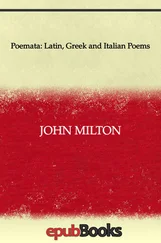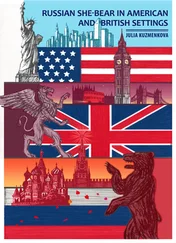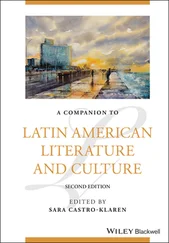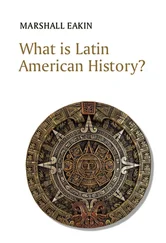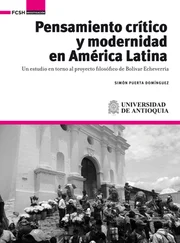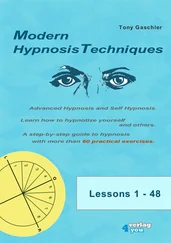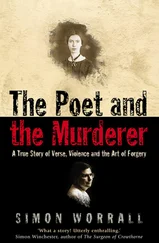Yasmin Ramírezis an independent curator and art historian based in New York, currently an adjunct professor of art history at The City College of New York. Dr. Ramírez was a consulting curator at El Museo del Barrio (1999–2001) and the curator of Taller Boricua (1996–1998). She has also collaborated on curatorial projects with The Loisaida Center, The Caribbean Culture Center, The Studio Museum in Harlem, Franklin Furnace, The Center for Puerto Rican Studies at Hunter College, NYU Department of Social and Cultural Analysis. Her articles have appeared in Art in America and ArtNexus . Her catalog essays include Parallel Lives, Striking Differences: Notes on Chicano and Puerto Rican Graphic Arts of the 1970s ; Timeline of El Museo del Barrio ; La Vida: The Life and Writings of Miguel Pinero in the Art of Martin Wong; and Nuyorican Visionary: Jorge Soto and the Evolution of an Afro‐Taíno Aesthetic at Taller Boricua .
E. Carmen Ramosis the newly appointed Chief Curator and Conservation officer of the National Gallery of Art, Washington, DC. While at the Smithsonian American Art Museum (2010‐21) she has dramatically expanded SAAM's historic Latina/o art collection and organized the major traveling exhibition, Our America: The Latino Presence in American Art (2013), whose catalog received a 2014 co‐first prize Award for Excellence by the Association of Art Museum Curators. Currently she is writing a monograph about Freddy Rodríguez that is part of the A Ver: Revisioning Art History book series.
Ana María Reyes(PhD, University of Chicago) is Associate Professor in Latin American art history at Boston University. She has published articles on cultural desarrollismo and the São Paulo Bienal, commemoration and the aestheticization of violence in contemporary Colombian art, and metaphoric burial as political intervention. She is a founding member of the Symbolic Reparations Research Project (SRRP), which studies the role of commemorative processes in transitional justice. Her book The Politics of Taste: Beatriz González and Cold War Aesthetics , was published by Duke University Press in 2019. She coedited with Maureen Shanahan Simón Bolívar: Travels and Transformations of a Cultural Icon , University Press of Florida (2016).
Terezita Romois a lecturer and affiliate faculty in the Chicana/o Studies Department at the University of California, Davis. An art historian, she has published extensively on Chicana/o art and is the author of the artist monograph, Malaquias Montoya (A Ver series, Minnesota, 2011). She also served as the chief curator at the Mexican Museum in San Francisco, arts director at the National Museum of Mexican Art in Chicago, and more recently the Arts Project Coordinator at the UCLA Chicano Studies Research Center (CSRC). Romo was the curator of “Art Along the Hyphen: The Mexican‐American Generation,” one of four exhibitions in UCLA CSRC's “LA Xicano” collaborative project within the Getty Foundation's regional initiative, “Pacific Standard Time: Art in LA 1945–1980.”
Stephanie Schwartzis a lecturer in the history of art at University College London. She is currently completing a book‐length study of Walker Evans's 1933 Cuba portfolio. Her study of documentary photography in the 1930s informs her ongoing research on contemporary Cuban art. Her writing on media and photography has appeared in ARTMargins , October , Oxford Art Journal , and Third Text .
Ila N. Sherenis Associate Professor of Art History in the Department of Art History and Archaeology at Washington University in St. Louis. Her research covers questions of contemporary art and politics, as well as art about borders and transnationalism. Her book Portable Borders: Performance Art and Politics on the U.S. Frontera since 1984 was published by University of Texas Press in 2015.
Lowery Stokes Simsis Curator Emerita at the Museum of Arts and Design in New York (2007–2015). She was executive director, then president of The Studio Museum in Harlem (2000–2007), and on the education and curatorial staff of the Metropolitan Museum of Art (1972–1999). Her research on Wifredo Lam was published by the University of Texas Press in 2002.
Irene V. Smallis Associate Professor in the Department of Art & Archaeology at Princeton University, where she teaches modern and contemporary art and criticism with a transnational focus. She is an affiliated faculty member of the Programs in Latin American Studies and Media & Modernity, as well as the Department of Spanish & Portuguese. She is the author of Hélio Oiticica: Folding the Frame (Chicago: University of Chicago Press, 2016).
Emilio Tarazonais an independent curator and critic and the author of books, articles, and essays in periodicals and catalogs in Latin America and Europe. He has organized the following exhibitions, ¡Otros mundos, ahora! (ArteCámara, CO, 2016), Frecuencia e Intensidad (Valenzuela Kleener, CO, 2014), and Cuerpo en disolvencia . Flujos, secreciones, residuos. Arte colombiano contemporáneo (Pancho Fierro, PE; FUGA, CO, 2013). Cocurator of Perder la forma humana. Una imágen sísmica de los años ochenta en América Latina (MNCARS, ES; MUNTREF, AR; 2013), Die Chronologie der Teresa Burga ; and Subversive Practices. Art under Conditions of Political Repression, 60s–80s (W‐Kunstverein Stuttgart, DE, 2011 and 2009).
Miguel Valderramais Professor of History at the Universidad de Chile. Among his published books are Coloquio sobre Gramsci (2016), Traiciones de Walter Benjamin (2015), and Modernismos historiográficos. Artes visuales, postdictadura, vanguardias (2008).
Isobel Whiteleggis Professor and Codirector of the MA Art Gallery and Museum Studies Programme at University of Leicester. She is the author of several book chapters and catalog essays. Her articles have appeared in Third Text and Afterall .
Blackwell Companions to Art History is a series of edited collections designed to cover the discipline of art history in all its complexities. Each volume is edited by specialists who lead a team of essayists, representing the best of leading scholarship, in mapping the state of research within the subfield under review, as well as pointing toward future trends in research.
A Companion to Modern and Contemporary Latin American and Latina/o Art offers a new and insightful consideration of the art of this geographical region and its diasporas. The chapters combine to show the ways in which the established division of epochs in the histories of Euro‐American modern and contemporary art both converge with and vary from Latin American art.
This volume is divided into five chronological sections, followed by one dedicated to methodological approaches and debates. Each section signals major shifts in how art was positioned with regard to questions of national and ethnic identity, cosmopolitan modernisms and international art circuits, revolutionary movements, development, Cold War politics, and globalization. As a consequence, we see that Latin American Art can neither be collapsed into nor fully separated from Western canonical histories of modernism nor can it remain remote from global histories of the twentieth century in general.
Together, these essays combine to provide a new and thought‐provoking revision of our conception and understanding of Modern and Contemporary Latin American and Latina/o Art that will be essential reading for students, researchers, and teachers working on the history, theory, and practice of illustration, and in related fields. A Companion to Modern and Contemporary Latin American and Latina/o Art is a very welcome addition to the series.
Читать дальше


